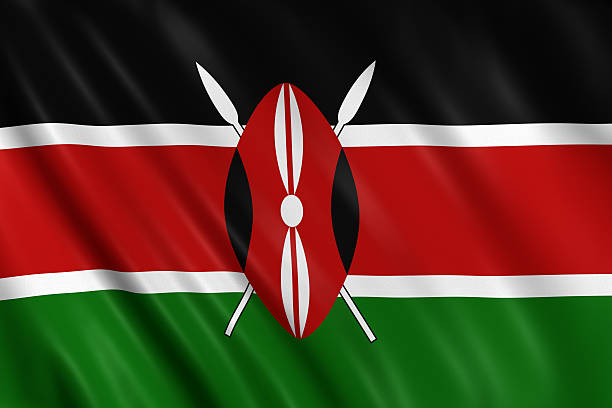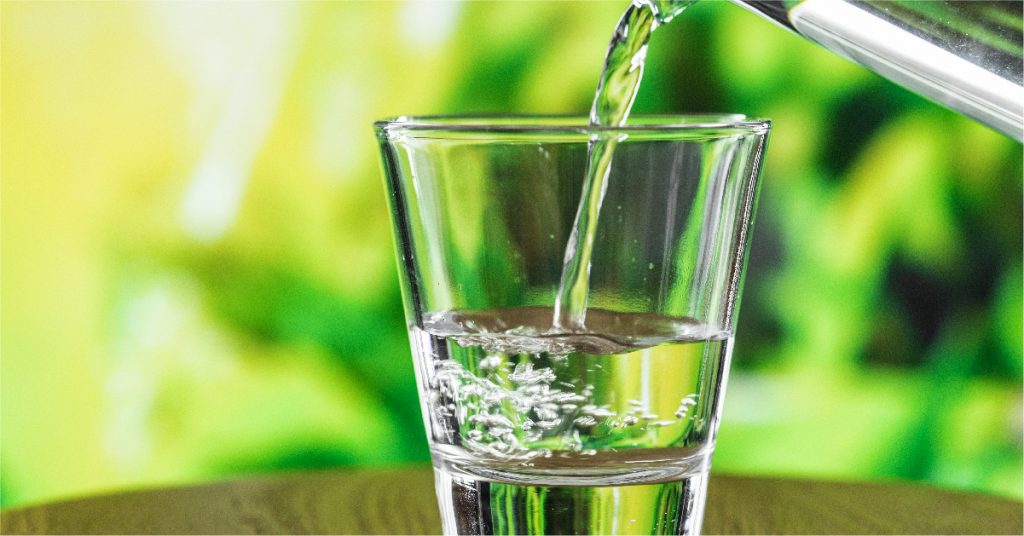Water quality is a growing concern across Kenya, where access to clean and safe drinking water is still a challenge in many regions. Among the key indicators of water purity is TDS—or Total Dissolved Solids—which directly affects the taste, safety, and overall usability of water. Whether you’re sourcing water from a borehole, river, or public utility, understanding what TDS is in water, how to measure it, and how to reduce it is crucial for protecting your health and improving water quality in homes, schools, and businesses.
What is TDS in Water?
TDS stands for Total Dissolved Solids—a measure of all organic and inorganic substances dissolved in water, including minerals, salts, metals, and ions. These solids come from both natural sources (like rocks and soil) and human activities (such as agricultural runoff, industrial waste, or improper sewage disposal).
Common dissolved solids in water include:
- Calcium
- Magnesium
- Sodium
- Potassium
- Bicarbonates
- Chlorides
- Sulfates
- Heavy metals like lead or arsenic (in polluted areas)
While some minerals in water are essential for health, excessively high TDS in water can impact taste, corrode plumbing, and pose health risks, especially when harmful contaminants are present.
How Much TDS in Water is Good for Health?
The ideal TDS in drinking water depends on several factors, including water source and personal preferences. According to the World Health Organization (WHO) and many international water quality guidelines:
- Below 300 ppm (parts per million): Excellent
- 300–600 ppm: Good
- 600–900 ppm: Fair
- 900–1200 ppm: Poor
- Above 1200 ppm: Unacceptable
For Kenyan households, especially in areas with high fluoride, nitrates, or salinity (like parts of the Rift Valley or Makueni), TDS levels may be significantly higher. Therefore, measuring and reducing TDS becomes important for ensuring safe and pleasant-tasting drinking water.
How to Measure TDS in Water?
Measuring TDS in water is simple and cost-effective with these methods:
- TDS Meter
A digital TDS meter is the most common tool. You just dip it in the water, and it instantly displays the TDS level in ppm. These meters are affordable and widely available in hardware and water purifier stores in Kenya. - Conductivity Meter
Since TDS is closely related to water’s conductivity, this method calculates TDS indirectly. It’s typically used in industrial or laboratory settings. - Laboratory Water Testing
For the most accurate and detailed results, especially if you suspect contamination, send your water sample to a certified lab.
Knowing your water’s TDS level is the first step toward making it safe for drinking and everyday use.
TDS in Water Purifier Systems
Many water purifiers in Kenya come with built-in TDS controllers or reduction technologies. These systems are especially important in urban homes using borehole water or areas near saline or polluted rivers. Here are the common types of TDS in water purifier systems:
- Reverse Osmosis (RO)
Highly effective in reducing TDS by forcing water through a semi-permeable membrane, filtering out salts, metals, and impurities. Ideal for areas with very high TDS levels. - Activated Carbon Filters
These remove chlorine and some organic compounds, but are not effective for reducing TDS significantly on their own. - UV + RO Combination
UV kills bacteria and viruses, while RO reduces TDS. This combo is often recommended for comprehensive water treatment in Kenyan homes and schools.
How to Reduce TDS in Water?
If your water’s TDS level is too high, here are proven ways to bring it down:
- Reverse Osmosis (RO) Filtration
This is the most effective method to reduce TDS in water. RO filters can remove up to 95% of dissolved solids, including harmful contaminants like arsenic and fluoride. - Distillation
This process boils water and then condenses the steam into a separate container, leaving behind impurities. Though energy-intensive, it’s highly effective for TDS reduction. - Deionization (DI)
Water passes through ion-exchange resins that replace dissolved ions with hydrogen and hydroxyl ions, resulting in pure water. Often used in labs or industries. - Use of TDS Controllers
Some advanced purifiers come with TDS controllers that allow you to retain essential minerals while reducing unwanted salts. - Blending Treated and Untreated Water
This is a cost-effective option where RO-treated water is blended with clean, low-TDS water to adjust the final TDS level to an acceptable range. However, it requires proper monitoring.
Why Managing TDS Matters in Kenya?
In Kenya, where many rely on groundwater or untreated surface water, managing TDS in drinking water is critical. High TDS levels can lead to:
- Bitter or salty taste
- Gastrointestinal issues
- Increased risk of kidney stones
- Scaling in pipes and appliances
- Lower crop yields when used in irrigation
For vulnerable populations, such as children, the elderly, and those with health conditions, safe TDS levels are especially important.
Role of Ion Exchange in Ensuring Optimal TDS Levels
Ion Exchange is a global leader in water treatment technologies, offering innovative solutions to monitor and optimize water TDS levels for residential, commercial, and industrial applications.
Ion Exchange specializes in the production of high-purity ion exchange resins specifically designed for purifying potable water. These resins are engineered to have minimal organic leachables, ensuring superior water quality and safety. The versatile applications of these resins include water softening, disinfection, and the removal of contaminants such as nitrate, arsenic, fluoride, iron, and color-causing organic compounds. With a diverse product range that also includes specialty resins, Ion Exchange offers tailored solutions for addressing various water treatment challenges effectively.
With decades of expertise, Ion Exchange helps customers achieve a balanced drinking water TDS level, delivering clean, healthy, and high-quality water.
Conclusion
Understanding what TDS is in water, knowing how to reduce TDS in water, and using the right purification system are essential steps for ensuring water safety in Kenyan households and communities. With rising concerns over water scarcity and contamination, regular TDS monitoring is no longer optional—it’s a necessary part of maintaining health and sustainability.


